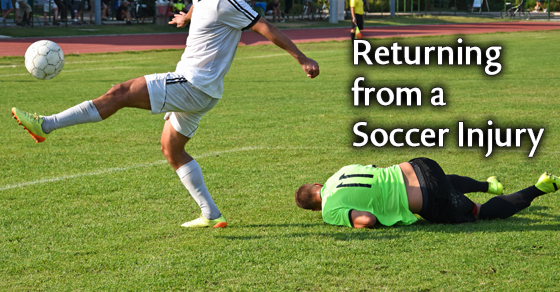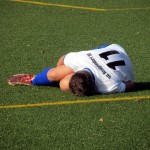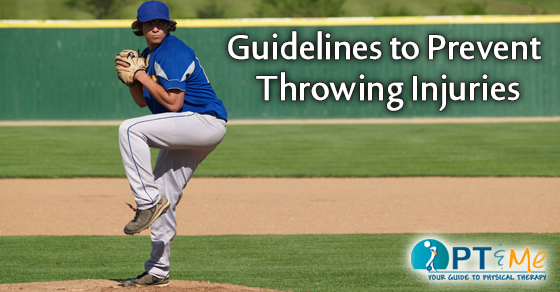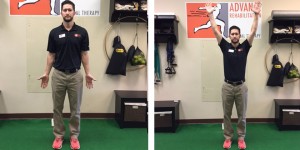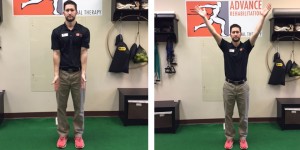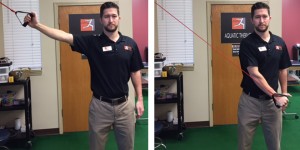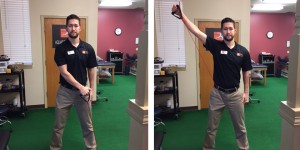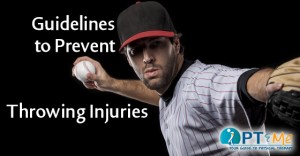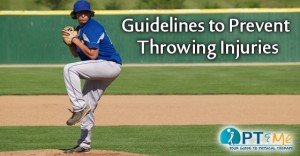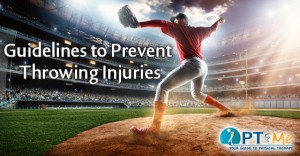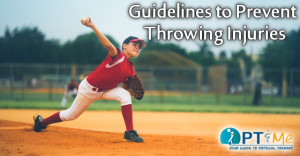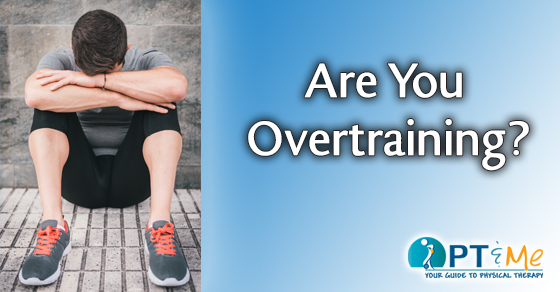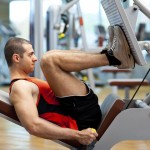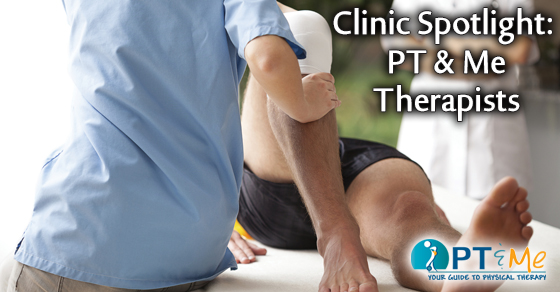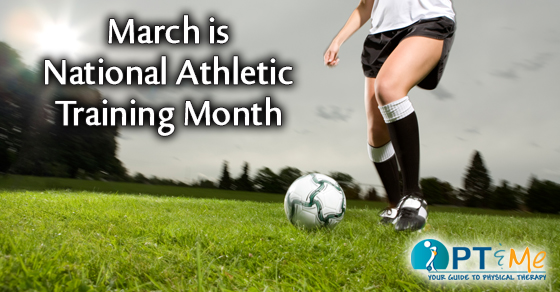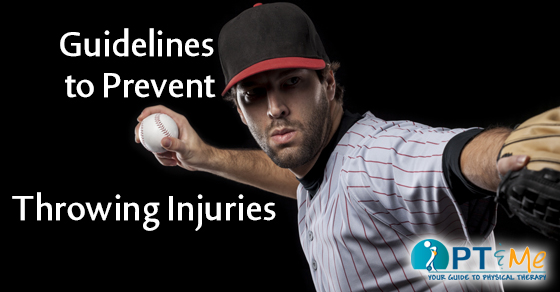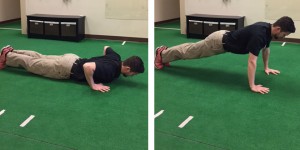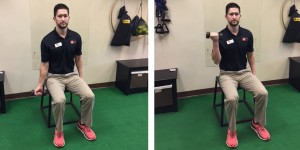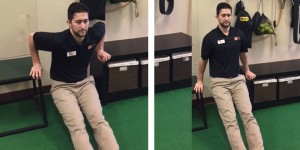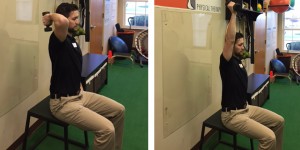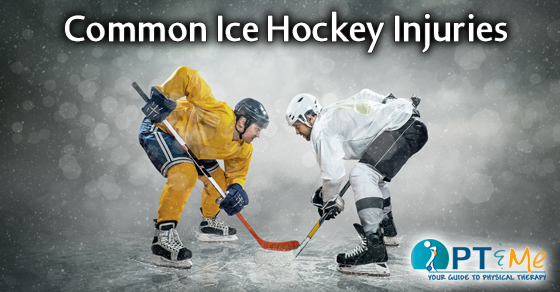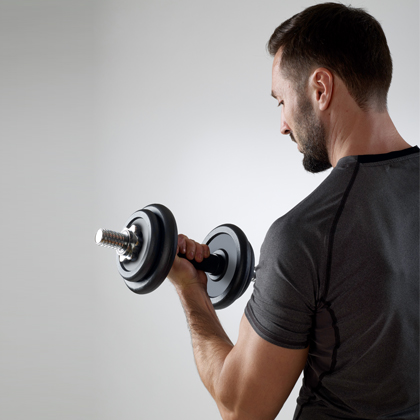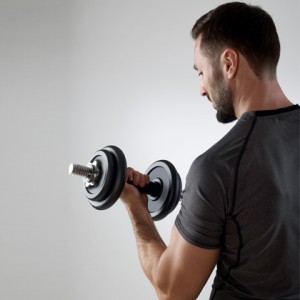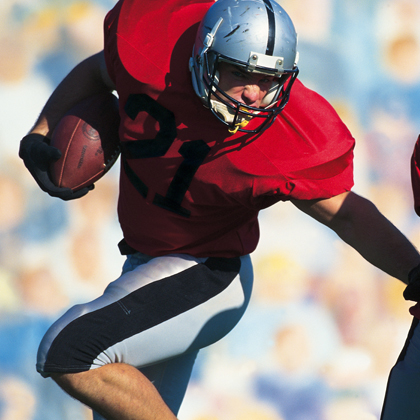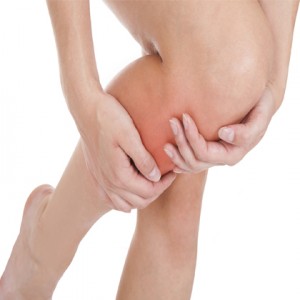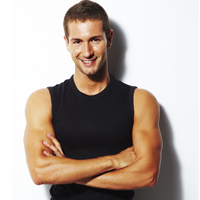Soccer is the most played sport in the world and is the number one sport in many countries. It is a great cardiovascular workout that combines aerobic and anaerobic movements. However, due to the sudden changes in pace and the speed at which the game is played there is a high chance of a soccer injury.
Sports injury expert Dr. David Geier reveals that that the six most common soccer injuries are ankle sprains, joint fractures, anterior cruciate ligament (ACL) tear, meniscus tear, adductor strain, and hamstring strains. These injuries are due to the amount of stress a soccer player will put on their leg joints. The good news is that through physical therapy these injuries can be recovered from.
Ankle Sprains
The ankle sprain is the most common and least serious soccer injury. The most common recovery method is to put ice on the ankle to stop the swelling, strap it, and lightly exercise it through physical therapy. One effective motion exercise is to sit on a chair with the foot flat on the floor and gently move the knee from side-to-side to stop it becoming stiff. A player should be out for a maximum of six weeks.
ACL
An ACL soccer injury can leave a player out of the game for much longer. For example, an ACL tear may require surgery (making a new ligament) in order to return to the pitch. While surgery may be required, physical therapy is definitely needed to help rebuild knee strength. The exercises will include mobility and strength exercises such as knee flexion and extension, heel slides, and isometric quadriceps exercises. As the knee joint gets stronger, plyometric drills will be introduced to the therapy to see whether the knee is strong enough to play competitive sport. These exercises may include resistance band jumps, hopping exercises and box jumps.
Hamstring Strains
After knee and ankle injuries the next most common injury are hamstring strains. These are often caused through a combination of sudden explosive moments and overuse. We have all seen a soccer, football, or basketball player burst forward only to suddenly stop and crumple to the ground. That is nearly always a hamstring injury. Depending on which grade of hamstring injury the player has will change the therapy needed. If it is a grade one injury then as the muscle slowly heals the player will use ice alongside resting. Function training will also be required to regain strength and flexibility. A grade two or three injury may require surgery.
Career Threatening Injuries
A career threatening injury is the biggest risk of playing soccer. However, there is hope for injured and senior soccer players. Walking Soccer, which was developed in 2011 in England, according to British newspaper The Telegraph, allows those with mobility injuries to keep playing. As the name suggests running is outlawed, which in turns takes much of the risk and pressure off of the leg joints that can be easily injured.
The new game has been endorsed by English soccer legends such as Alan Shearer, who according to journalist Dan Fitch who works for news site Betfair Soccer who preview the Champions League fixtures in Europe, is the third fastest player to score 50 goals in the English Premier League. Shearer himself is retired and told The Telegraph that after retiring he couldn’t play the sport he made his name in due to persistent injuries. Walking Soccer has allowed Shearer and other ex-pros to play without the worry of injuries or heavy contact from other players. For amateurs and professionals alike walking soccer is a godsend.
Soccer injuries can be serious and more often that not require physical therapy to recover from. Even if you have suffered a serious injury there is still hope through new sports such as Walking Soccer.

